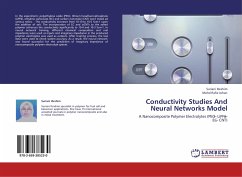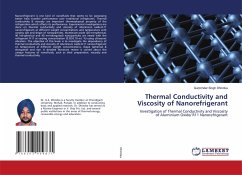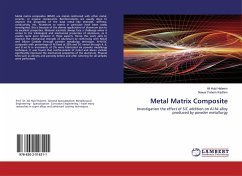In the experiment, polyethylene oxide (PEO), lithium hexafluorophosphate (LiPF6), ethylene carbonate (EC) and carbon nanotube (CNT) were mixed ad various ratios. . The conductivity increases from 10-10 to 10-5 Scm-1 upon the addition of salt. The incorporation of EC and CNTs to the salted polymer enhances the conductivity significantly to 10-4 and 10-3 Scm-1. In neural network training, different chemical composition and real impedance were used as inputs and imaginary impedance in the produced polymer electrolytes was used as outputs. After training process, the test data were used to check system accuracy. As a result, the neural network was found successful for the prediction of imaginary impedance of nanocomposite polymer electrolyte system.
Bitte wählen Sie Ihr Anliegen aus.
Rechnungen
Retourenschein anfordern
Bestellstatus
Storno








